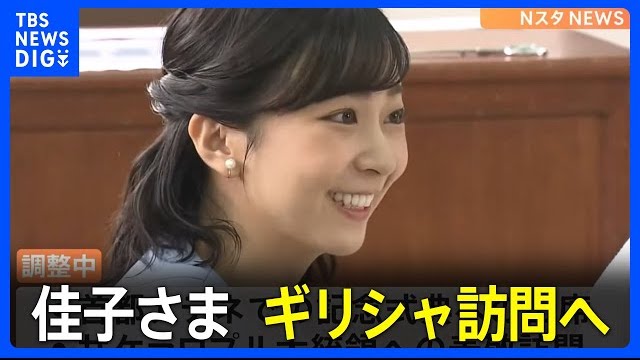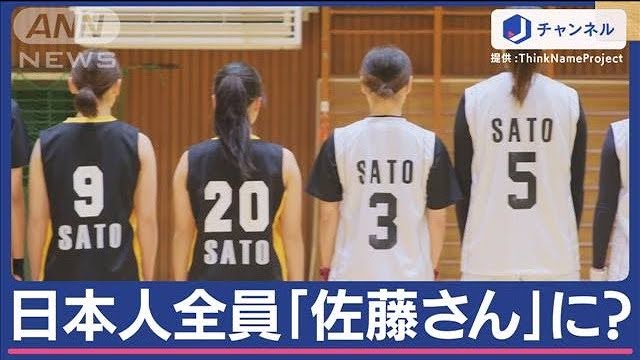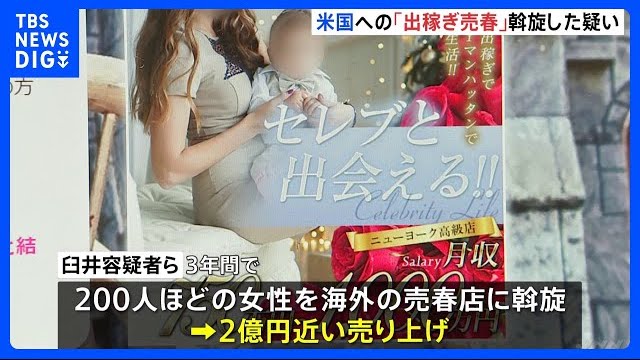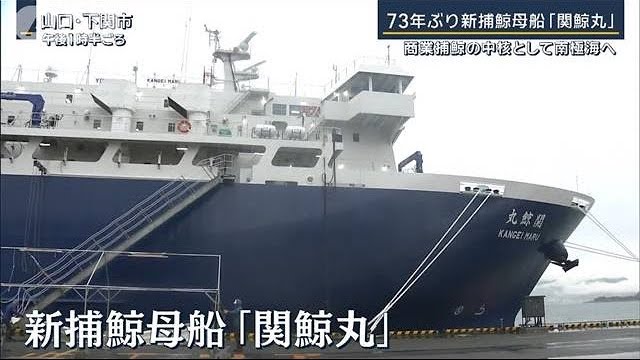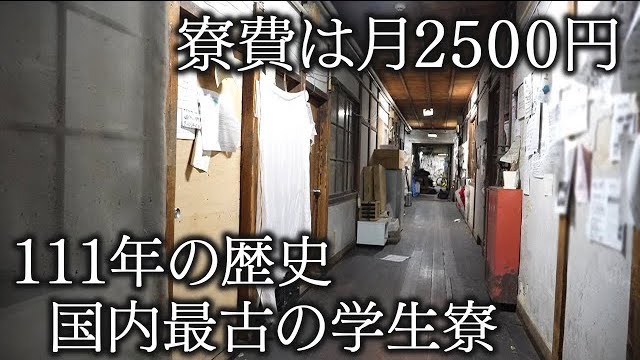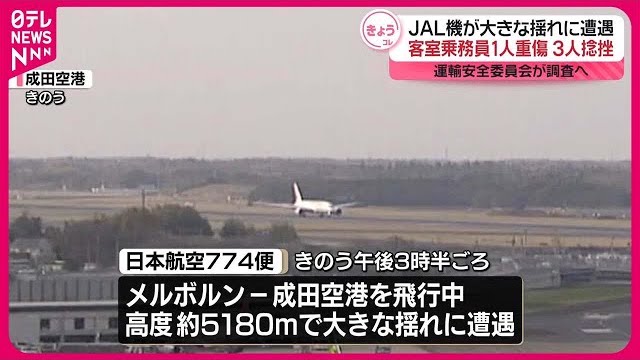For her graduation thesis, Mizuki Tanaka, then an art history student at Meiji Gakuin University, chose to explore how the motif of Mount Fuji evolved into the most commonly used in murals decorating sentÅ (public bathhouses) dotting the capital.
As part of her research, she attended a live-painting performance by Morio Nakajima, a master sentŠmural artist who has been covering steamy bathhouse walls with depictions of Japan’s highest peak for half a century. Intrigued, she soon became his apprentice.
“The event triggered my curiosity and I asked whether I could see him at work. I began to learn that the occupation was desperately lacking fresh blood and could die out unless a younger generation inherited the art,†says Tanaka, 36, who is now one of Japan’s three remaining sentŠmural artists alongside Nakajima and Kiyoto Maruyama, who are in their 70s and 80s, respectively.
From a peak of 2,687 in 1968, the number of sentŠin the capital has fallen to approximately 560 as of December 2017, according to the Tokyo Sento Association. While the decline is attributed to the increase in the number of homes with baths during Japan’s rapid economic growth in the 1970s and ’80s, the retro charm and health benefits of visiting a sentŠhave been reevaluated in recent years. It is now considered a leisurely activity, an inexpensive luxury, with bathhouses serving patrons like community centers.
“Unlike one-off paintings, we return to our clients every few years to repaint murals weathered from the steam and humidity. That gives us a chance to observe our growth in craftsmanship while letting us learn about each locale,†Tanaka says. “In a sense, our work is never ending, and I find that fascinating.â€
One theory dates the first sentŠpainting of Mount Fuji back to 1912, when an artist from Shizuoka Prefecture — where the 3,776-meter mountain looms — painted the sacred volcano on the walls of Kikai-yu, a bathhouse in Tokyo’s Kanda district.
The concept of sentÅ murals quickly took off in the capital, with other bathhouses hiring artists to paint various landscapes to entertain bathers. Mount Fuji, however, remained the most commonly featured design due to its history as an auspicious symbol and its universal appeal.


